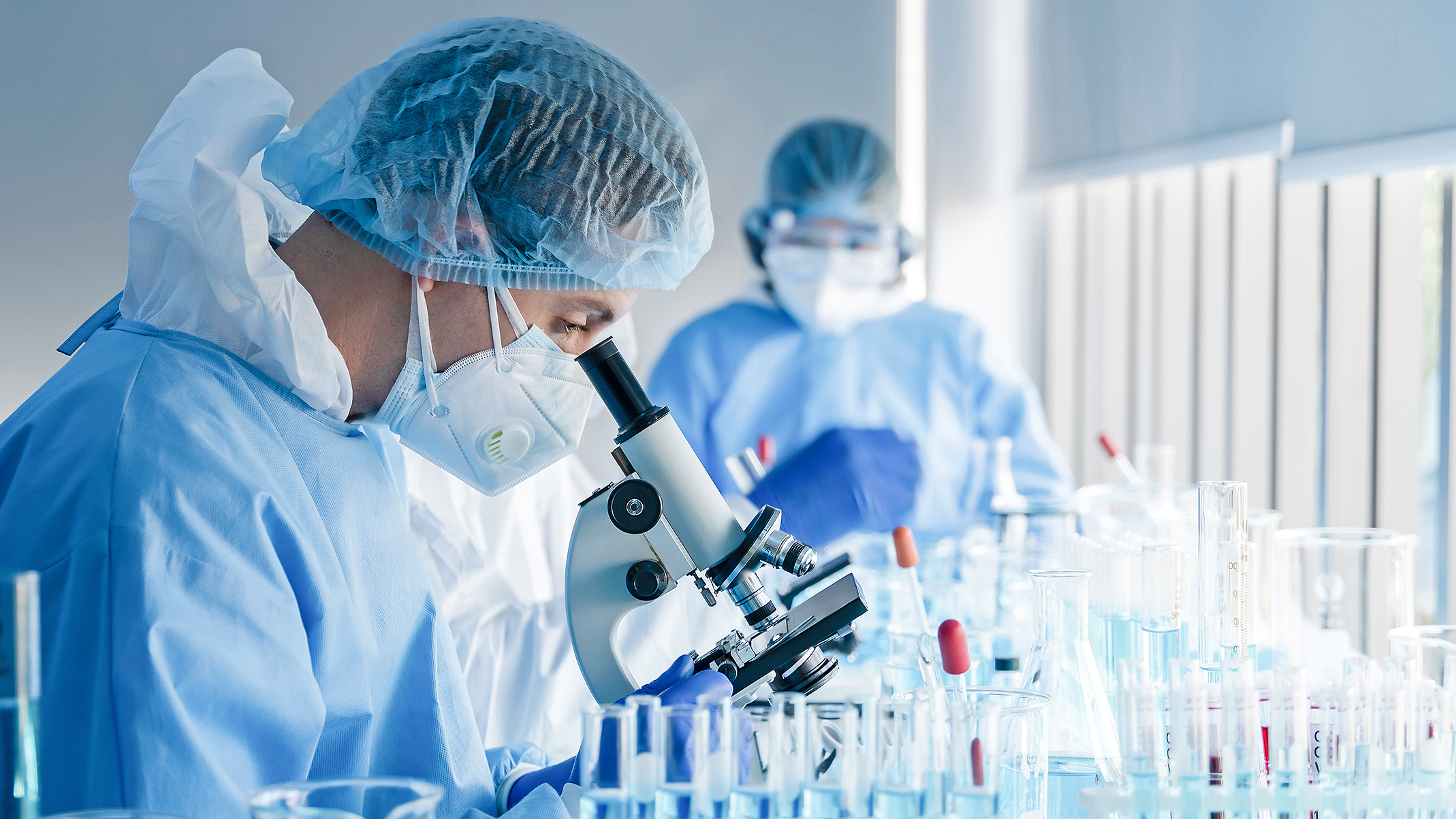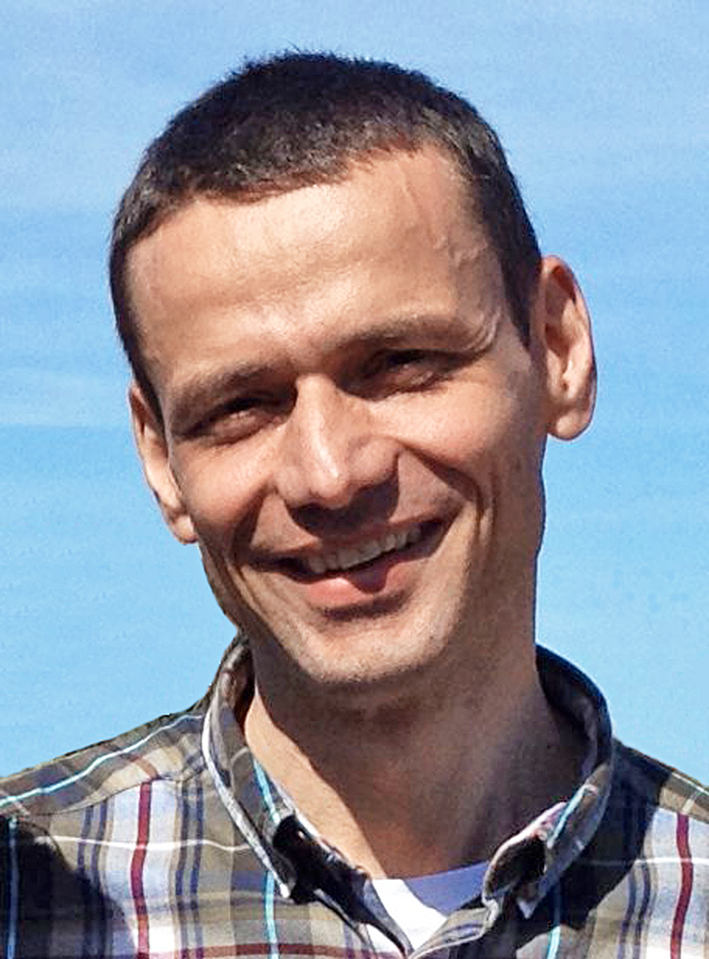An Eternal ‘Work in Progress’

Photo by Mongkolchon Akesin / Shutterstock.com
You may never have heard of ion channels, but they are more important than you think, and they even have something to do with Elon Musk. Biologist László Csanády of HCEMM tells the Budapest Business Journal about his work on getting the most out of understanding their secrets and discusses the incredible ROI a cow’s heart can generate.
Believe it or not, the entire nervous system is subject to the proper functioning of so-called ion channels as the process of nerve cell stimulation depends on them. Furthermore, salt absorption and excretion are also determined thereby.
With that in mind, targeted research has been underway for a long time now to find out as much about these crucial parts of the body as possible. László Csanády, a biologist at the Hungarian Center of Excellence for Molecular Medicine (HCEMM), leads a team whose mission is just that.
“We need to learn about their structure, way of functioning and pharmacology, and thanks to a major breakthrough in 2016 now we have better chances to do so than ever,” he says. Indeed, a new method called cryo-electron microscopy allows the detailed structure of ion channels to be determined. Until then, just a few low-resolution maps were available, whereas more than a thousand have been identified to the finest atomic detail since the above-mentioned invention.
Salts such as sodium, potassium, calcium and chloride cannot freely cross the cell membrane but do so through dedicated pores. Each pore possesses a gate that can be open or closed and lets through only one type of ion. Cells determine which kinds of pores should be open and for how long, and that is the basis of the processes of ion absorption and excretion.
“We aim to impact these channels since over- or under-functioning both lead to disease conditions. For an increasing number of channels, the ‘gates’ can be opened or closed externally; that is, they can be stimulated or blocked by medical treatment,” explains Csanády.

Biologist László Csanády
Electronic Problem
The ions in question are electrically charged, and the electric characteristics of cells are established as a result of these ion channels. That’s why not only the metabolism depends heavily on ion channels but also all kinds of stimulus-bound body activities. Hence, treating heart rate conditions and seizures are on the radar of researchers as well.
The latter moved Elon Musk’s imagination too. Under his Neuralink project, a brain-machine interface (BMI) would implement brain stimulation to interrupt or even prevent epileptic seizures. As Musk put it, “the neurons are like wiring, and you kind of need an electronic thing to solve an electronic problem.”
“We must understand which drug affects a given channel and how exactly that happens. We can make forecasts accordingly,” adds Csanády. “Since we are doing basic research, our purpose is not necessarily to develop a particular drug but rather to make advancements in understanding the molecular strategies that can be exploited to develop such drugs.”
This process is rushing ahead at high speed. Research teams around the globe are working on revealing the secrets of ion channels. At HCEMM, there are many opportunities to forge close relationships with foreign colleagues. Cross-border collaboration is further enhanced thanks to the center’s partnership with the European Molecular Biology Laboratory (EMBL), which grants access to EMBL facilities, administrative support and joint research activities.
HCEMM creates collaborative agreements with academic and industrial partners on a case-by-case basis to ensure that the arrangements are tailored to the particular needs of each partner. The center is conducting research and development with a specific focus on aging-related diseases, metabolic and cardiovascular diseases among them.
That’s where Csanády’s effort ties in, and he works with a team of eight. “Our team members are all very motivated, they have super professional attitudes, and we love working with each other,” he says.
Welcome Return
Those with a doctorate often move away from Hungary, preferring to go abroad, find a job in the private sector, or leave for the clinical segment. Yet, at HCEMM, they tend to stay on, a clear demonstration of the attractiveness of the place. Csanády himself spent five years in the United States doing his Ph.D. But he returned home and was welcomed by professor Veronika Ádám’s Biochemistry Institute.
He says occasional bumps on the road give him extra motivation. As a result of the COVID-induced disruption of supply chains, for instance, they ran out of a crucial enzyme necessary to activate one of the ion channels they study. They had no choice but to make some of their own from cow heart.
That hardship turned out to generate handsome profits, though: the five milligrams of the enzyme they initially gained would typically have cost HUF 20 million to get from their supplier, whereas they spent just HUF 500,000 to buy equipment. And the cow heart? You can get a kilo for HUF 2,000. “Now we have made so much enzyme from three hearts that it is worth HUF 100 mln,” Csanády says.
Since HCEMM’s operation relies on grants, the existence of a research roadmap is self-evident. But research is not a genre where pre-written scripts rule, a fact with which Csanády is happy.
“Of course, we start out in a certain direction, but interim results give us hints of which way to go. It’s an eternal ‘work in progress’ thing.”
László Csanády was honored with the prestigious Széchenyi Award earlier this year, the highest state-level recognition for top research performance. Other award winners included Biontech researcher Katalin Karikó, famous for her part in developing mRNA vaccines, and cardiologist Béla Merkely, the rector of Semmelweis University.

This article was first published in the Budapest Business Journal print issue of December 3, 2021.
SUPPORT THE BUDAPEST BUSINESS JOURNAL
Producing journalism that is worthy of the name is a costly business. For 27 years, the publishers, editors and reporters of the Budapest Business Journal have striven to bring you business news that works, information that you can trust, that is factual, accurate and presented without fear or favor.
Newspaper organizations across the globe have struggled to find a business model that allows them to continue to excel, without compromising their ability to perform. Most recently, some have experimented with the idea of involving their most important stakeholders, their readers.
We would like to offer that same opportunity to our readers. We would like to invite you to help us deliver the quality business journalism you require. Hit our Support the BBJ button and you can choose the how much and how often you send us your contributions.








